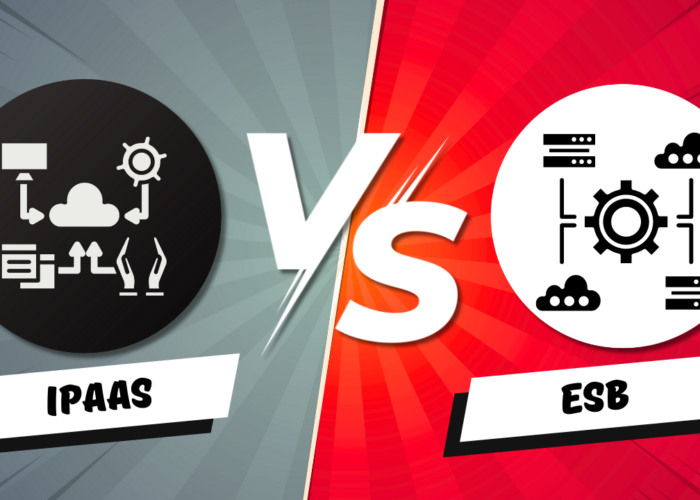Salesforce
Salesforce.com is a cloud based software company founded in 1999. It is best known for its market leading CRM platform and ecosystem that spawned numerous independent ISVs with solutions beyond CRM. Today customers can find applications for almost all functional business areas and industry verticals. Its success as an organisation and as an ecosystem is in no small part down to the strength of the APIs Salesforce publishes and how they underpin the ecosystem of connected applications/services in their marketplace.
Salesforce also acquired a number both within and beyond its ecosystem including Eloqua, Pardot, Tableau, Mulesoft, Steebrick (CPQ) and Vlocity.
Integrating Salesforce
Integrating with Salesforce, in common with almost all SaaS implementations, is that there are a number of ways to approach the integration challenge:
- AppExchange applications or applications that have built in Salesforce integration capability
- APEX and other code based integration approaches i.e. development
- UI integration e.g. embedding or using OData to stream data from third party systems into Salesforce External Objects
- Data loading and data syncing technologies e.g. Salesforce Dataloader, Jitterbit Data Loader, DBSync and others
- Implement integration technology/software
For most organisations, the approach may start with one of the first three options but generally ends in a deployment of integration technology. Prior to doing this, organisations need to lay the right foundations for success including:
- Engaging the right stakeholders
- Identifying the scope, business goals and understand the value of integrating to the organisation
- Understanding the dependencies between applications, data and processes that cross Salesforce.com
- Identifying the capabilities of the applications and services that need integrating with Salesforce.com
- Categorising the integration needs into one of the three common types of integration pattern
- Data consistency – e.g. ensuring customer data in 3 different systems is the same
- Multistep process – e.g. implementing a business process like Quote-to-Cash across systems
- Composite services – e.g. a new application or services using data from multiple systems
- Understanding data volumes, quality, timeliness of integration processes and consider API limits (both in Salesforce.com and other applications)
- Assessing the security considerations with respect to the data and processes
- Defining the architecture, standards and governance models for the implementation
- Planning and documenting the implementation approach
Unless you already have integration technology and a strategy for integration, use the 3 common integration patterns as a basis to underpin your strategy and technology needs. Integration with Salesforce.com is a path to a number of key benefits and also, for many organisations, entirely defining in terms of realising the value of their implementation.
Key Benefits
Some of the key benefits of integrating a Salesforce.com implementation with the rest of your application portfolio are:
A true 360 degree view of customers and interactions across functional business areas
Reduced duplication of data or inaccuracy in data between systems
Enhanced productivity, streamlined business process and improved customer experience
More accurate data to drive business intelligence and reporting from which more informed business decisions can be made


Common mistakes
The common mistakes organisations make in these implementations generally lie in the foundational activities. This can often be due to integration being considered too late in the Salesforce implementation or through incorrect assumptions being made with respect to existing integration approaches or technologies in the organisation. In other compromised implementations it may be that the burden of solving the integration problem was left with a system integrator that whilst strong in Salesforce.com capability was lacking in integration capability.
The outcomes of compromised implementations can be:
- Propagation of inaccurate or bad data in systems of record or reporting data sets
- Sub-optimal business processes
- Increased costs in on-platform storage or exceeding API limits
- Compromised or inflexible architecture from which to grow ongoing
Most importantly, being customer centric, an ability to realise the benefits in customer experience terms of a great Salesforce.com implementation.


How Can Chakray Help?
At Chakray, integration is our niche. We love working with customers, Salesforce.com and their partners to help organisations realise the value of their implementations. Our approach to preparing the foundations for success and retrofitting those foundations enables us to deliver the best possible outcomes for our customers in implementation. We take a pragmatic approach to helping organisations deliver and develop integration capability.
Get in touch
Talk to our experts
Contact our team to discuss your initiatives and find out how Chakray can help deliver your successful outcomes.
Get in touch









